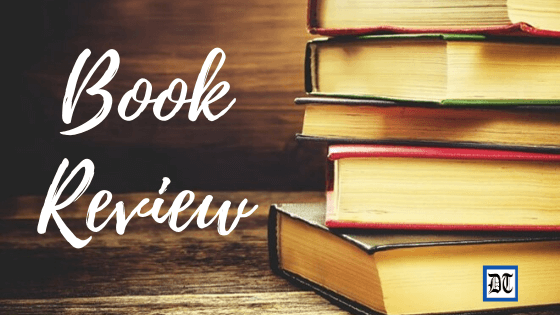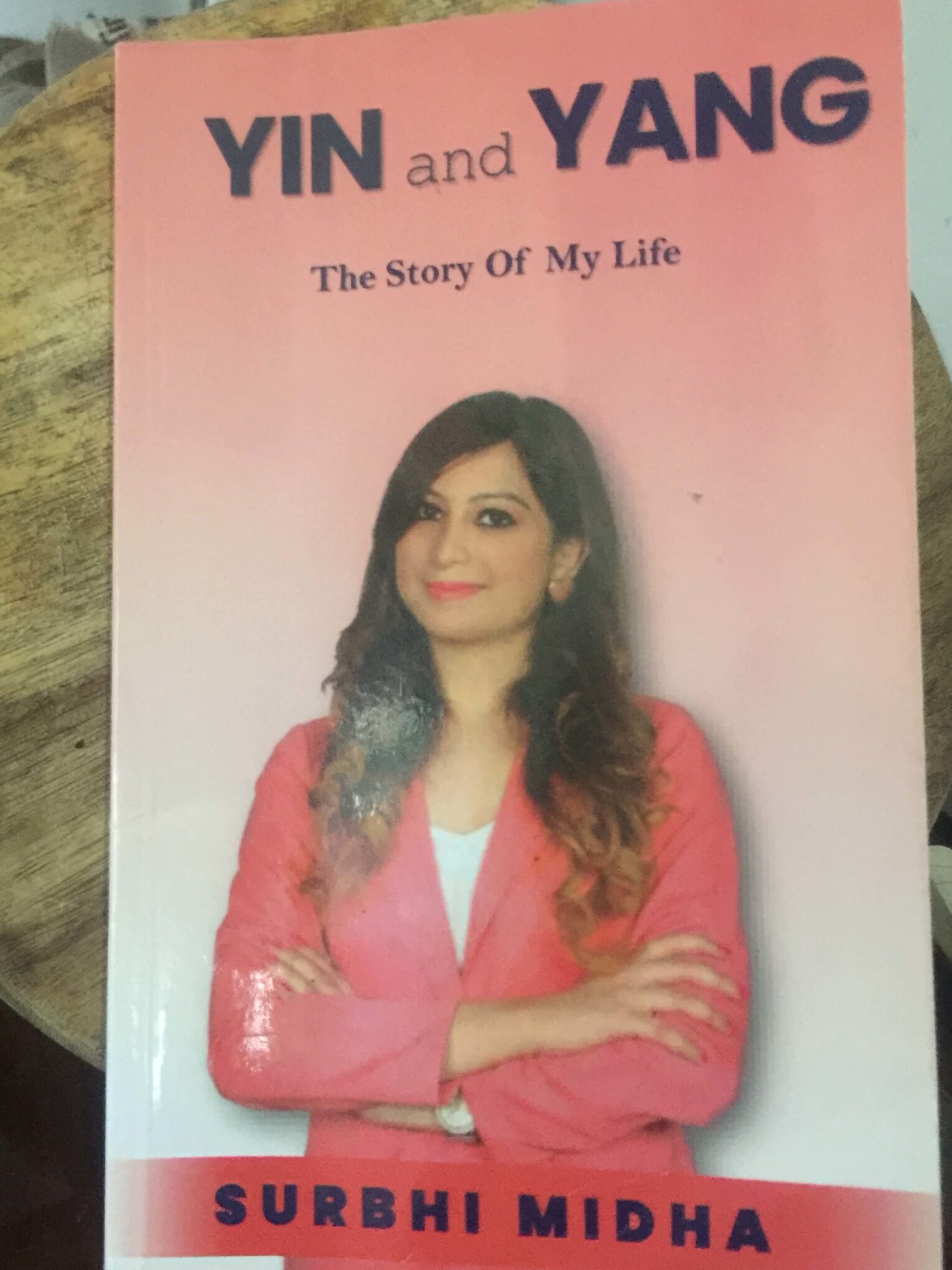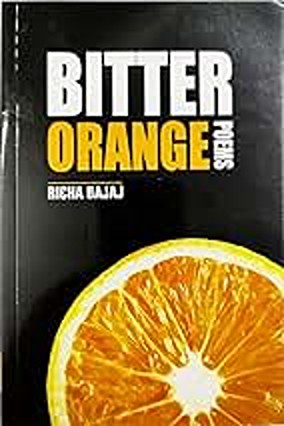Dr Roopali reviews the autobiography of Surbhi Mirdha, Yin and Yang: A Story of my Life. An exclusive for Different Truths.

Book: Yin and Yang: Story of My Life
Author: Surbhi Midha
Publisher: Evincepub Publishing
Yin and Yang: The Story of My Life is an impactful book, written by a young woman whose life journey has just begun. An autobiography at 30-year-old by a lesser writer would have little to say. Surbhi Midha on the other hand, wields an honest pen. That honesty is what is unique to her book. She tells us in detail of her growing years. The long list of dedications clearly places the centrality of the story within the family unit.
The author, who is single and a career professional – a hotel management executive – will undoubtedly be of interest to urban young women…
The author, who is single and a career professional – a hotel management executive – will undoubtedly be of interest to urban young women, who are trying hard to balance life and work. For young women fresh out of university, looking to find a foothold in the job market or working out career options the book is a practical guide to help survive the ups and downs of life. Surbhi leads from the front. Unhesitatingly she shares her “failures” in her search for the right job with the sole purpose of helping the young reader to keep trying until the goal is established. That there is a pot of gold at the end of the rainbow, but one has to be strong and positive to walk towards it, is her message.
Interestingly for the older reader, the story highlights the role of parents in supporting the dreams and desires of one’s offspring, especially that of daughters, despite personal hurdles. It is one’s duty we see, as parents, to give love and support even at the cost of personal sacrifice. Parents too, are human beings. They also have their fair share of challenges. Surbhi gives us a glimpse of this and more in a humane story of a daughter’s love and respect for her parents. This emerges as an outstanding metaphor. Rejections, failures, acceptance, and successes dot the skyline of the narrative.
The story is an interesting amalgam of growing up in an affluent, yet traditional and progressive Punjabi family.
The story is an interesting amalgam of growing up in an affluent, yet traditional and progressive Punjabi family. There is no whiff of neglect or disrespect toward a girl child, which is typical in many Indian households especially in North India. This quality in and of itself makes this an exceptional family unit.
The first two chapters Born Free and Pampered are indicative of the young protagonist’s memories of being remarkably fortunate. A line in Chapter 10 guides, “Be strong, be fearless, be beautiful. And believe that anything is possible when you have the right people to support you.” The right people in this case are the members of a family whose roots are deep and strong in the fertile soil of Punjab. Calling herself a “true Punjabi” Surbhi talks of moms, grand moms and great grand moms who are extraordinary women, resilient and capable, equal in courage to their male companions. This is the generation of women who also saw and suffered the aftermath of the turbulent partition of India. They lost everything and rebuilt their lives again in the ashes of loss. They are the ones who saw hatred and violence as well as much love and sacrifice. They confronted conflict and yet rooted for peace. They are role models. They are the greatest generation.
These resilient women passed on strong familial values to withstand the most difficult of circumstances.
“They are fiercely independent women,” we are told. These resilient women passed on strong familial values to withstand the most difficult of circumstances. Surbhi and her mother Aabha and sister Anjourie clearly inherited those fighter Punjabi genes.
Surbhi’s life at home is one of physical and material comfort and an abundance of love. While she talks about it, we also read about her father’s dependence on alcohol. “It results,” she says, “in the emotional turmoil it brings to the family members who are at the receiving end.” She talks of midnight quarrels’ the subsequent long effect of it on her mother’s health, and her the erosion of parental marital relations as well as the effect on their social life. Even in a dysfunctional situation, human beings can rise to be functional people who are resolute and compassionate. It is to her remarkable upbringing that one gives credit for bringing a deep sense of understanding to the challenges at hand.
Accepting human weakness, she looks at her parents with deep love and respect.
Accepting human weakness, she looks at her parents with deep love and respect. She writes of a disturbed home environment not giving us readers any details and mentions in passing that she and her sister were rendered vulnerable to the outside world. She avoids delving into any personal and psychological conditions that she may have suffered consequent to disturbance at home. In an age of cyber information, it does not take imagination to know the medical and psychological effect of alcohol on individuals and families.
While alcoholism affects all families, this one, dysfunctional at one level but a composite loving supportive one attempts to overcome upheavals. Times of lucidity stay as reminders and beacons throughout the book. Education is of priority in this family. With a writer and poet as mother, there is a great deal of philosophical thought brought to solving interpersonal relations. “Alcohol affects sanity we are told,” she says, but learning helps to understand.
Although the effect of one individual’s indulgence affects the whole family, the author lets the reader understand that this happiness and turmoil were a seesaw in their lives.
Although the effect of one individual’s indulgence affects the whole family, the author lets the reader understand that this happiness and turmoil were a seesaw in their lives. Alcoholics Anonymous AA came to their aid. Worldwide in 2016, there were more than 360 million families affected by alcoholism. They were not alone.
Writing her story is thus cathartic. There is never any hint of trying to find out the reason for her father’s disease, nor any effort to blame. Its six years now that he has left alcohol far behind. Although she refers and quotes from her mother’s autobiography, My Gift of Life published in 2020 during the Covid-19 Pandemic, this book is different. It is a youthful recount of a wisdom and resilience, which we fail to notice in the young.
We should note Surbhi begins her story with a prologue, which is an invocation to the Ekadashi…
We should note Surbhi begins her story with a prologue, which is an invocation to the Ekadashi presiding powerful muse Nilapataka, and concludes with the epilogue, paying obeisance to the Goddess Sarvamangala. In doing so, she displays deep devotion to God as envisaged in the Hindu religion.
The story races us through vacations, picnics, resorts and visits to temples but each time we see ourselves graphically learning more about people and places. The father figure is well established and Surbhi situates him as a present parent. Never neglected, her various interests, jobs, career pursuits, social celebrations taken care of despite the sad reality of alcoholism, we encounter the vibrant spirit of a young woman who believes in self and in God.
One important lesson she has learned, and which she shares with us is her mother’s courageous choice of forgiveness…
“The willingness to change our response to a situation is a choice we always have”, concludes one of the chapters. One important lesson she has learned, and which she shares with us, is her mother’s courageous choice of forgiveness as a way to a harmonious life. The merging of Yin and Yang.
One must read the book to know more about how Yin and Yang come into balance. The line that echoes and sums up the story of Surbhi Midha’s life is “We are the authors of our lives.” And she lives it just as her mother, grandmother and great grandmother do.
Sketches by Avijit Sarkar, an Australia based eminent graphic designer accompany the story, highlighting each chapter. And many kudos to the publishers for having lifted this young author by publishing her memoir.
Photo sourced by the reviewer






 By
By
 By
By
 By
By
 By
By